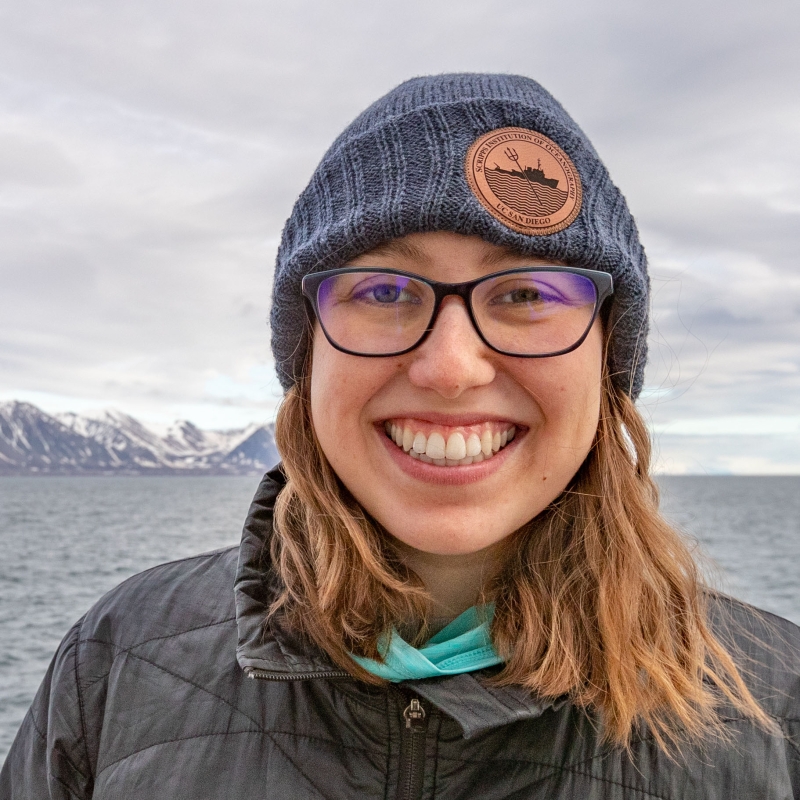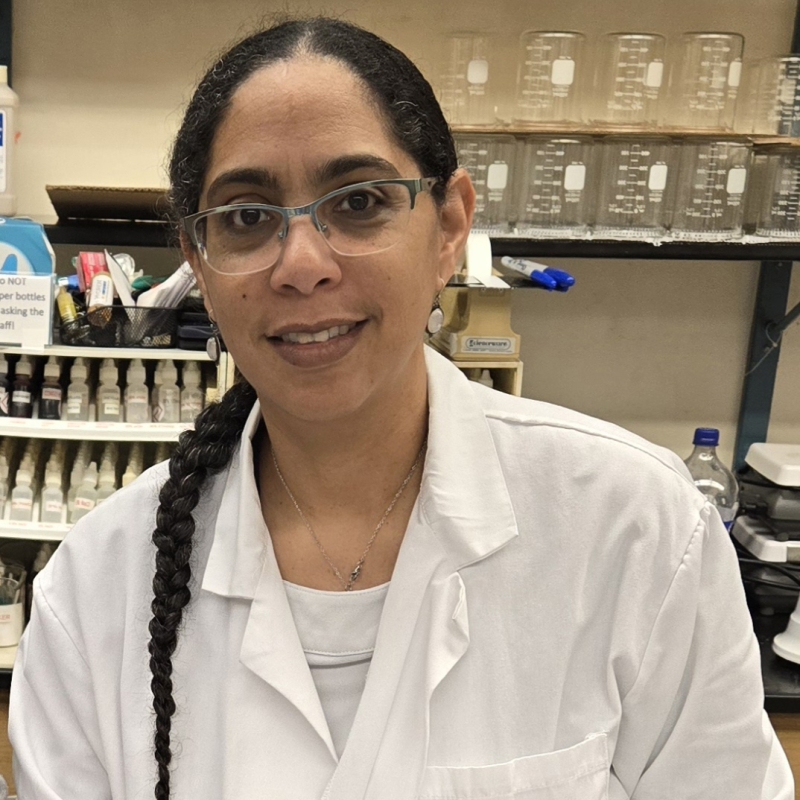Postdoctoral Fellowship: OPP-PRF: Leveraging Community Structure Data and Machine Learning Techniques to Improve Microbial Functional Diversity in an Arctic Ocean Ecosystem Model
Numerical modeling is a critical method for testing ecological mechanisms and predicting the impacts of change. However, current approaches are typically not well resolved for bacterial diversity or activity rates, a source of uncertainty for future projections of critical marine ecosystem functions such as biological carbon drawdown. Through statistical exploration of sequence-based observations of the current Arctic microbial community, this research aims to transform our understanding of cellular environmental responses into a scale relevant for ecosystem processes and improve numerical modeling of microbial community structure and functional diversity.
Participants Involved in This Project
© Polar STEAM. All Rights Reserved.



